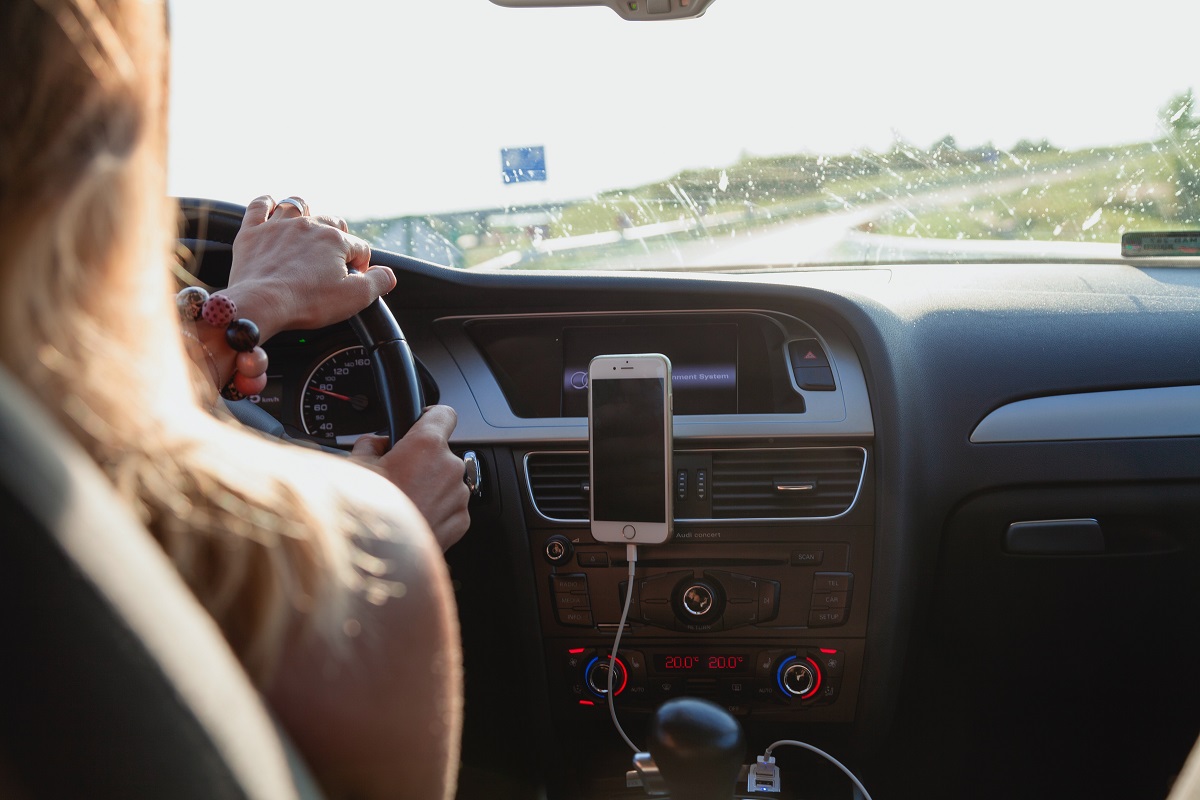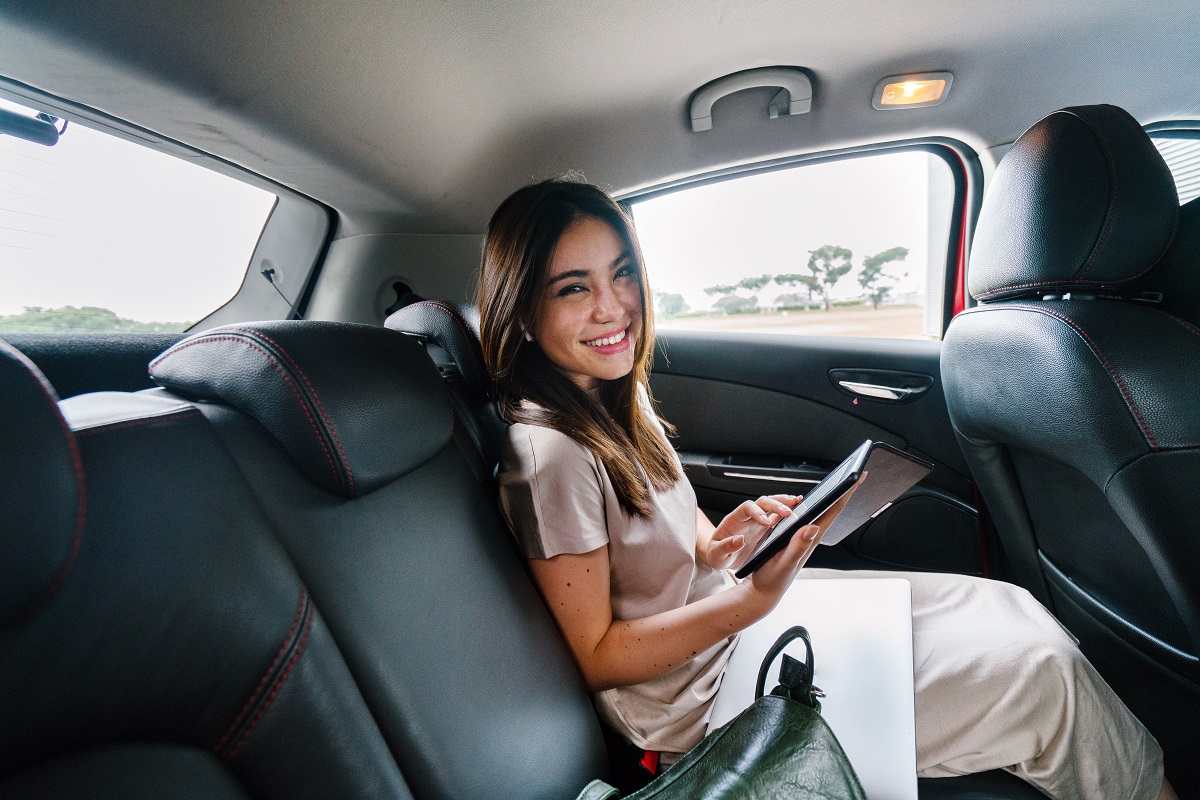Rideshare Coverage for Drivers: Protecting You, Your Passengers, and Your Vehicle

Whether you’ve graduated or are already working a nine-to-five job, the prospect of joining the gig economy might have crossed your mind. Initially associated with freelancers, the gig economy also covers contracting and consulting work.
As of 2019, there are an estimated 62.2 million gig workers in the US. It’s estimated that it will rise to 90.1 million by 2028.
Thanks to the abundance of online marketplaces, there’s no shortage of job opportunities in the gig economy. Perhaps one of the most popular gig economy jobs is ridesharing drivers.
You might have considered signing up as a ridesharing driver as a full-time job or to boost your income. However, you might also wonder about the implications of how you’re covered in the event of an accident.
You Need Coverage Before Becoming a Ridesharing Driver
Ridesharing companies like Lyft and Uber require their drivers to maintain automobile liability insurance. The coverage should be equal to or greater than the minimum state requirements where you drive.
In several cases, your personal auto insurance may cover everything you need for personal driving. However, your insurance policy may exclude coverage if you’re using it to do business. Check the fine print of your policy and determine if your coverage is enough or if you might need a business auto policy.
Your Coverage as a Ridesharing Driver
Policies differ in each company, but generally, ridesharing companies offer auto liability coverage that includes:
- Your liability for injury per person in case of a covered accident
- Payment for damaged property in a covered accident

Ridesharing companies usually offer this coverage if your personal policy is less than their stated amounts. They may also cover you with personal injury insurance and other policies required by the state where you’re driving.
In several cases, a passenger might hire a lawyer when they get involved in an accident inside an Uber or Lyft vehicle. When this happens, the ridesharing company covers the necessary legal expenses.
However, these insurance policies come with limitations—they are active only when the app is on. You’re covered by the ridesharing company’s insurance when you accept a trip and until your passenger exits the vehicle. Once you’ve dropped off your passenger and are headed home, you’re covered only by your personal insurance.
Considerations for Getting Ridesharing Coverage
If you choose to become a ridesharing driver, a lot of planning goes into making sure you have all your bases covered, especially with insurance.
- Shop for the right car insurance. If possible, look for policies that cover your personal and business driving needs.
- Speak to your insurance provider. If you already have auto insurance in place, consult with your insurer for options. You might need to supplement your current policy with commercial driving insurance.
- Optimize your vehicle for safety. Although you’re covered by both personal insurance and your employer, you want to ensure that you and your passenger are safe on the road. Get the necessary maintenance and repairs, install a dashcam and other gear that can prove to insurers that you did everything possible to ensure safety.
If you own a car and want to join the gig economy, driving through a ridesharing company might make sense. Before you start as a driver, make sure you have the necessary coverage to protect you, your passenger, and your vehicle.




